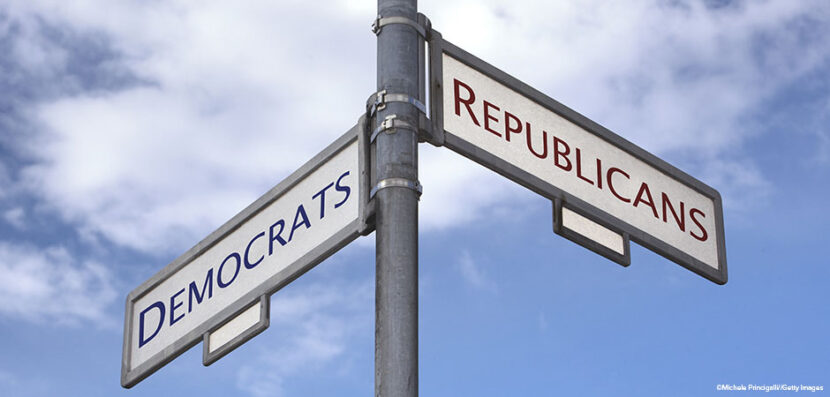Thinking About the 2020 Election
The 2020 presidential campaign season will be unlike any we have ever seen before. Not only does the nation seem deeply divided in response to everything from policing and race relations to immigration reform and health care, but lingering fears over COVID-19 mean that the usual campaigning techniques no longer apply. Candidates face many difficulties when organizing large rallies, fundraisers, or sending volunteers door to door to chat with voters. There is strong speculation that the majority of ballots counted in November will be cast via mail, rather than in person.
In the wake of all this change and confusion, how can we learn how the candidates are performing? What are people balancing their interest level in the election against their concerns over illness, job loss, or social isolation? Here, Election Central gives you a heads up about public response to the candidates right here, right now . . . as well as what that might mean for November.
What Do the Polls Say?
Political polls are a tricky thing. After all, just because someone says they are going to vote for a candidate doesn’t mean that they actually do. But polls can still be very helpful in determining overall voter trends. And right now, polls are showing that Republican Donald Trump is trailing behind Democrat Joe Biden with voters.
Does that mean that Biden is automatically going to win in November? Not necessarily. In fact, while he appears to be ahead of Trump now, he isn’t yet projected to have the 270 electoral votes he would need to cinch the presidency.
The Role of “Swing” States
Usually, incumbent presidents begin with a big advantage over their challengers. But the familiarity of the president can also become a disadvantage if people are dissatisfied with the president’s performance. Critics of President Trump say he is poorly handling the coronavirus crisis, and the wave of protests that are still occurring after George Floyd’s death. These recent events have caused his approval rating poll numbers to fall, and those who disapprove of him disapprove strongly.
How can this be? Looking deeper at the 2016 data shows that Trump won many of these states by only a very narrow margin. But in recent polls, voter response suggests that the voting majority is becoming more “blue”–electing occasional Democratic candidates to congressional and statewide offices. This suggests the voters may vote more for Democrats in November.
It’s important to remember, however, that these are just projections and data interpretations–not fact. It’s a long way to go until November, and only one thing is certain: the election could still go either way.



